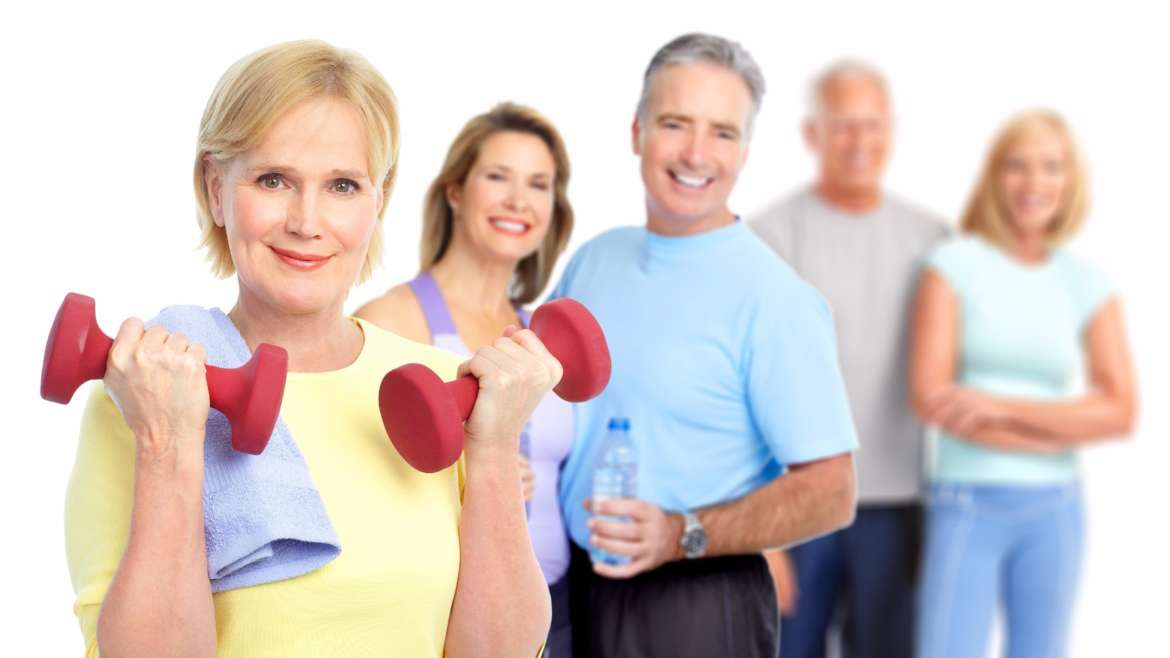I was surprised to read recently of how epidemic the problem of osteoporosis is both nationally and worldwide and the magnitude of the problem, not just on a personal level, but also to the health service. What surprised me the most was that osteoporosis is not just exclusive to women. A huge 30% of men over the age of 50 will experience an osteoporotic fracture – similar to a lifetime risk of developing prostate cancer. Bone density problems can stay largely silent until there is a fracture and recent research suggests that it can start as early as our 30’s.
Osteoporosis facts;
- Worldwide an osteoporotic fracture occurs every 3 seconds
- In Europe the disability due to osteoporosis is greater than that caused by cancers (excluding lung cancer) and is comparable to asthma and high blood pressure

- 1 in 3 women over 50 will experience an osteoporotic fracture
- In women over 45 years osteoporosis accounts for more days spent in hospital than diabetes, heart attack and breast cancer
- Men are not immune – a third of men over 50 will experience osteoporotic fracture, with higher rates of fracture related mortality than women
- Based on current trends, hip fracture rates may increase from 46,000 in 1985 to 117,000 by 2016 and cost the NHS will increase to 2 billion by 2020
Who are at risk?
As with most things, some of us are more at risk than others and unfortunately osteoporosis can be seen as part of a natural ageing process. However;

- Worldwide an osteoporotic fracture occurs every 3 seconds
- In Europe the disability due to osteoporosis is greater than that caused by cancers (excluding lung cancer) and is comparable to asthma and high blood pressure
- 1 in 3 women over 50 will experience an osteoporotic fracture
- In women over 45 years osteoporosis accounts for more days spent in hospital than diabetes, heart attack and breast cancer
- Men are not immune – a third of men over 50 will experience osteoporotic fracture, with higher rates of fracture related mortality than women
- Based on current trends, hip fracture rates may increase from 46,000 in 1985 to 117,000 by 2016 and cost the NHS will increase to 2 billion by 2020
What can you do to help stem the process?
Exercise – at any age your body will respond to exercise, this is a fact. When we do weight-bearing exercise or resistance exercise our bones respond to the increase load by becoming thicker and stronger.
Nutrition – ensure that you have your recommended daily dose of Vit D which is approx. 600iu. Certain foods are touted as Vit D powerhouses: oily fish such as salmon, mackerel and herring. Eggs are rich in Vit D also. It can be taken by supplement, which allows you to know exactly how much you are getting.
Sunshine – direct sunlight or UV-B to be exact, reacts with your skin to naturally produces Vit D. Of course you have to weigh up the risk of overexposure and skin cancer and it is essential to learn the optimal amount of sun exposure that is healthy for you without causing sunburn. The recommendation is that a person’s daily sun exposure should be about half the time that it would take to burn.
Avoidance of contributors such as smoking and excess alcohol consumption.
If you would like any advice on appropriate exercise or diet we will be happy to talk to you – call us on 020 3589 8664



Add Comment